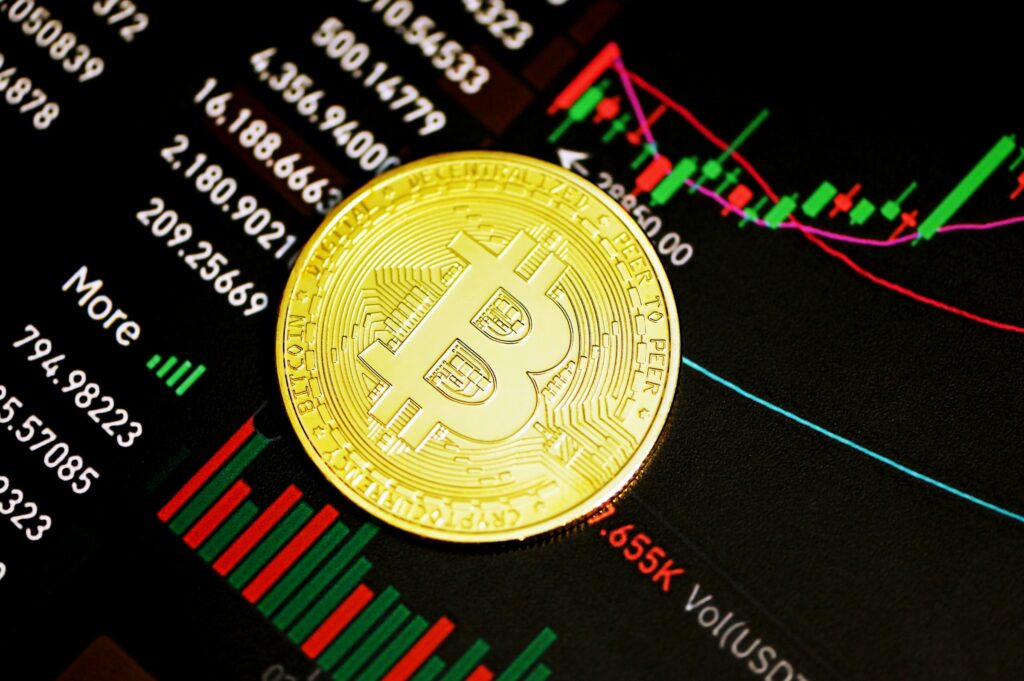The Incredible Bitcoin Journey from 2011 to 2025:

Also read: Top 3 Home Loans: Best Mortgage Options for Americans in 2025
Quick Navigation
Introduction:
Bitcoin – The Story of a Digital Gold
BTC , which was first introduced in 2009 by an unknown entity named Satoshi Nakamoto, is one of the most valuable digital assets in the world today. But its real rise started after 2011. In this blog we will see how BTC changed the world from 2011 to 2025, made investors billionaires and also forced governments to think.
The Early Days (2011–2013)
In 2011, the price of BTC reached $1. People still considered it an experimental digital currency. But in 2013, its price reached close to $1,000 — which attracted the attention of the world.
Some major milestones during this period:
- 2011: BTC exchanges like Mt. Gox became popular
- 2012: First BTC halving happened, where miner reward went from 50 BTC to 25 BTC
- 2013: Cyprus banking crisis made BTC a safe haven asset
Until this time people considered it a strange internet currency, but this was the first sign that Bitcoin was not a façade but a revolution.
Volatility and Growth (2014–2016)
2014 was a tough year for BTC. Mt. Gox was hacked where 850,000 BTC were lost. Trust level dropped a bit, but work on blockchain technology started increasing rapidly.
- Bitcoin price was mostly in the range of $200–$500
- Ethereum was launched in 2015, which also impacted Bitcoin
- Developers and tech community started paying more attention
In this phase, long-term investors kept faith, and the same people became multi-millionaires after 2020.
Also Read: Annuity Investment Strategy: Secure & Powerful Retirement at 30
Mainstream Explosion (2017)
2017 was the year when Bitcoin became a household name. This year the price went from $1,000 to $19,000+. This was unprecedented growth.
Reasons for growth:
- ICO (Initial Coin Offerings) boom
- Institutional interest
- Retail FOMO (Fear Of Missing Out)
During this time many new investors came into the market. But after December 2017 there was a crash, where the price came close to $3,000 by 2018.
Correction and Maturity (2018–2019)
The 2018–19 phase is known as the “crypto winter”. Many projects failed, and the market saw a correction.
During this period, BTC:
- Improved network security
- Lightning Network was developed
- Work was done on regulatory clarity
This phase was for serious investors – who came with a long-term vision, not a short-term one.
The Institutional Entry (2020–2021)
This was the most game-changing phase. In 2020, the global economy was shaken by COVID-19. Governments printed trillions of dollars, and Bitcoin gained the title of digital gold.
- Companies like MicroStrategy, Tesla, Square bought BTC
- Price jumped to $60,000
- PayPal, Visa started accepting BTC payments
In 2021, El Salvador made it a legal tender — this was a historical moment.
Corrections and Regulation (2022–2023)
During this period, the market saw a slight correction. BTC was trading between $30,000–$40,000. Regulatory bodies such as the SEC announced stricter guidelines.
- Major exchanges such as FTX crashed
- Investors became cautious
- Governments started working rapidly on CBDCs (Central Bank Digital Currencies)
But the long-term view of Bitcoin remained positive.
AI + Bitcoin = The New Era (2024–2025)
Bitcoin halving happened in 2024, and after that the price started going up again. The combination of AI and blockchain is creating new possibilities.
Key Trends:
- Bitcoin ETFs have been approved in the U.S.
- Web3 wallets and decentralized finance ecosystem are on the boom
- Bitcoin is being included in retirement portfolios
Bitcoin will become a mainstream financial asset in 2025. Analysts predict that it could reach $150,000+ in the next few years.
Also Read: Top U.S. Penny Stocks May 2025: ADC Therapeutics, Lottery.com & Society Pass
Why Bitcoin Still Matters in 2025
Bitcoin is no longer just a currency, it has become a movement. It is a voice against the centralized banking system. Where there is inflation, interest rate and currency devaluation, Bitcoin stands as a hedge.
Today:
- Institutional trust has ended
- Global adoption is increasing
- Bitcoin mining is becoming cleaner and energy-efficient
Trump Administration’s Crypto Bill & Strategic Reserve
In 2025, the Trump administration proposed an important legislative step — the creation of a Strategic Bitcoin Reserve. This reserve plans to categorize approximately 200,000 BTC (which was previously held by the government as seized assets) as an official reserve asset.
The core of this bill:
- Legal clarity for government-held cryptocurrencies
- Making Bitcoin a part of national reserves
- Giving the Treasury Department the authority to manage BTC
This bill is a signal that the U.S. is now seriously considering Bitcoin from the perspective of both valuation and legitimacy. This is big news for investors – because when an asset is included in government reserves, the market starts looking at it not as a speculative asset but as a long-term store-of-value.
Watch This Video: Trump’s 3 Crypto Bills Change EVERYTHING
Summary Table: Bitcoin Evolution (2011–2025)
| Phase | Timeline | Start Price | Peak Price | Key Highlights |
| Early Surge | 2011 | ~ $0.30 | ~ $29-$31 | Mt. Gox Launch/Hack, early bubble |
| Consolidation | 2012 | ~ $5.27 | ~ $13.70 | First halving, growing media interest |
| First Bull Run | 2013 | ~ $13.30 | ~ $1,156 | Cyprus Crisis, Silk Road takedown , price crossing |
| Crypto Winter | 2014-15 | ~ $770 | ~ $316 | Mt. Gox collapse, market correction, security overhaul |
| Having & Institutional | 2016-2020 | ~ $650 | ~ $29000 | Multiple halvings, corporate treasuries buying BTC |
| Volatility & Regulation | 2021-2023 | ~ $29K | ~ $69K | Tesla & MicroStrategy buys, FTX collapse, slower recovery |
| ETF & Strategic Reserve | 2024-July 2025 | ~ $65K | ~ $123K | USA Spot ETFs live, government BTC reserve announcement |

Why This Updated Framework Matters for U.S. Investors
• Government Recognition: The Trump Administration’s reserve bill gives a major boost to Bitcoin’s legitimacy.
• Long-term confidence: When the asset is officially included in national reserves, investor confidence increases.
• Balanced Strategy: This milestone opens a new horizon for both institutional and retail investors — an opportunity for risk-managed entry.
Conclusion: Are you too late?
If you are thinking that “it is too late to invest in BTC now,” then this is not correct. Bitcoin is still in the growth phase. The adoption curve is still going up, and the use-cases are increasing.
BTC is a revolution — and as the world goes digital, the relevance of BTC is going to increase even more.


3 thoughts on “The Incredible Bitcoin Journey from 2011 to 2025”